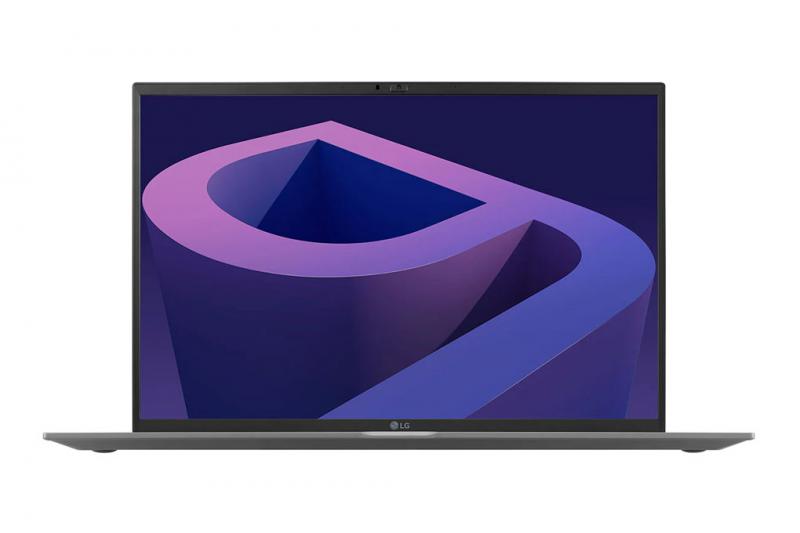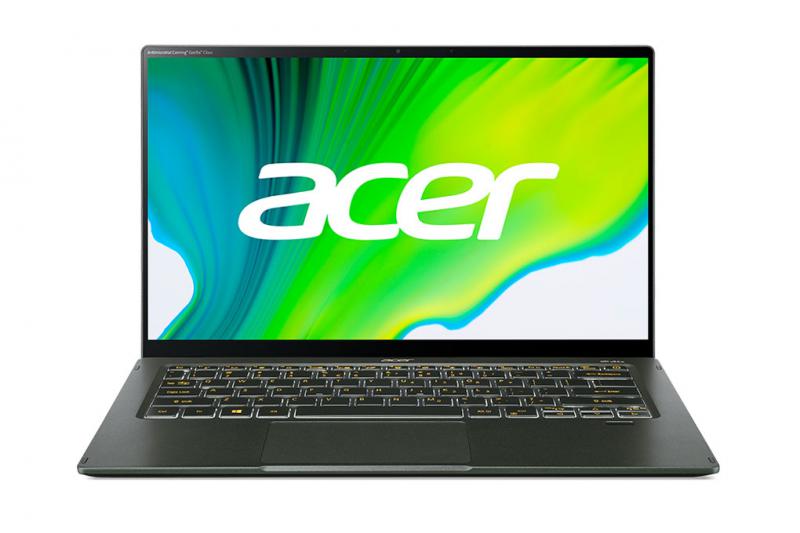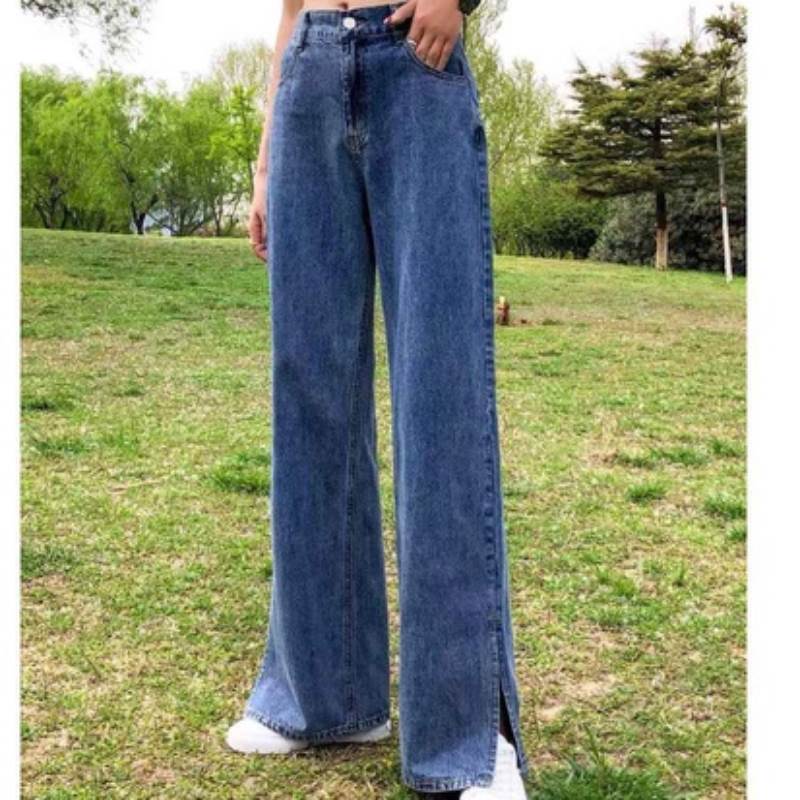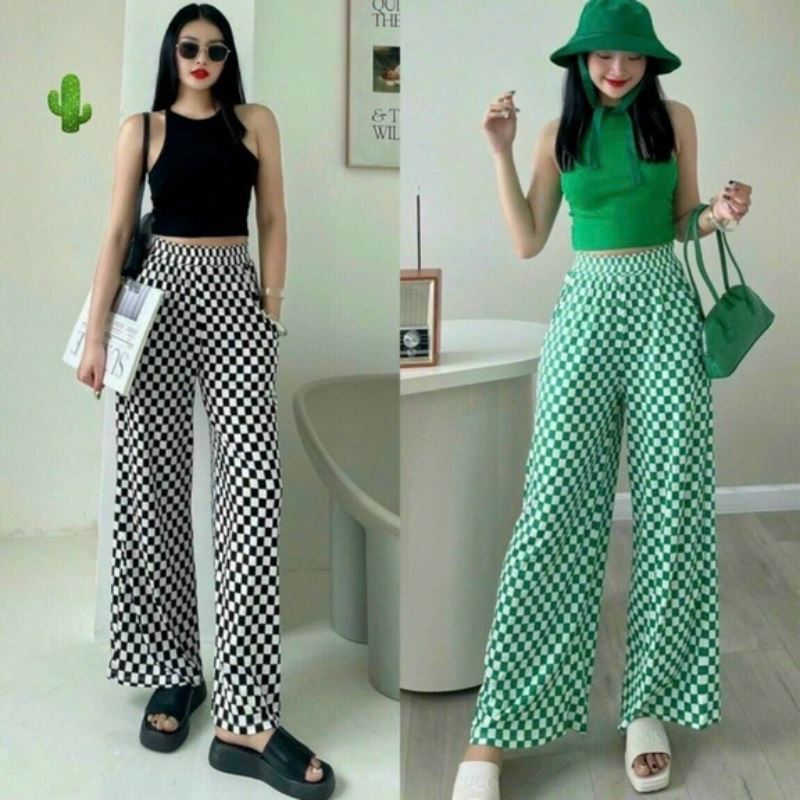How Bad Is It Really to Never Change Your Pillow?
It&39;s no secret that a comfortable, supportive
pillow is an important ingredient in a good night's sleep. But what may come as a surprise is how often you're supposed to invest in a new one. According to the Sleep Foundation, you should replace your pillow every one to two years for optimal R&R.
Curious about the reasoning behind these guidelines? Us too — so we reached out to experts for some pillow talk. Here, we reveal what can go wrong if your pillow dates back to the Bush administration, plus signs it's time for a new pillow and tips to extend that two-year lifespan a little longer.
Your Sleep Could Suffer
A squashed-down pillow can cause tense, achy muscles.
Pillows lose their loft over time, especially if you don't wash them regularly, says Ann Romaker, MD, professor of medicine and director of the University of Cincinnati Medical Center Sleep Medicine Center. As they flatten, they offer less neck support, which can lead to neck, shoulder and upper back pain.
If you're uncomfortable, you might toss and turn at night instead of falling into a deep, restorative sleep.
Sleeping on a pancake can also hinder breathing. According to Dr. Romaker, 85 percent of people are born with a deviated nasal septum, where the membrane dividing the nasal cavity is off-center to some degree. This can cause congestion, particularly when lying down.
For most people with a deviated septum, elevating your head helps with nasal drainage, she says. If your
travel pillow is quite flat, your nose might clog up more.
Being stuffed up means you have to work harder to inhale and exhale. When you're congested and struggling to breathe, you wake up more frequently during the night, Dr. Romaker says. In the worst-case scenario, it can even cause snoring.
One trick that can help: Rotate which pillow you use, and flip it over so you're not sleeping on the same side every night, Dr. Romaker says. It will stay fluffier for longer and give you better support.
You Might Break Out
Think about it: Your skin and hair are constantly shedding and eliminating oils, and pillows are rubbing against your skin and hair all night long.
Pillows collect these dead skin cells and oils, along with all the products you typically add to your skin and hair, says board-certified dermatologist Cheri Frey, MD, spokesperson for the Skin of Color Society and assistant professor of dermatology at Howard University. Plus, if you drool or sweat when you sleep, that saliva and perspiration can also be absorbed by your pillow.
The upshot? You're pretty much snoozing in a cesspool of filth — and that can wreak havoc on your skin. The combination of oils, dead skin cells, saliva and sweat are a breeding ground for bacteria, Dr. Frey says. This can cause problems like clogged pores, whiteheads and even cysts.
One way to keep your skin happy while you sleep: Stick to natural, breathable
airplane pillowcase fabrics such as cotton or linen. Dr. Frey says they're best for acne-prone or sensitive skin, because they reduce nighttime sweating.
And although washing your pillows in hot water will also minimize bacteria growth and help keep your skin clear, you still do need to swap them out entirely every now and then. Pillows will begin to break down after about two years, Dr. Frey says. After that, they're more difficult to keep clean and more likely to cause skin irritation.
You May Sneeze and Sniffle
Dust mites are a common allergen. These microscopic bugs live practically everywhere in your home, but they especially love to burrow into fabric-covered items, including mattresses, upholstered furniture and — you guessed it — pillows.
After two years, 10 percent of the weight of your pillow can be from dead dust mites and their droppings, says Melanie Carver, chief mission officer for the Asthma and Allergy Foundation of America. Yuck!
Old pillows can also harbor other things that make you achoo — like bacteria, fungi and mold.
4 Signs It’s Time for a New Pillow
If any of the following are true for you, a pillow upgrade is in order.
1. It's Lumpy and Bumpy
If it forms peaks and valleys, feels crumbly inside and doesn't maintain its shape, consider purchasing a new one, Dr. Romaker says.
2. You’re Doubling Up
If you find yourself reaching for a second
hoodie pillow or sliding your hands underneath your pillow to prop yourself up, that's a sign it's time to recycle it, Dr. Romaker says.
3. The Cover Looks Filthy
I sometimes see people with yellow, stained casings on their pillow, Dr. Romaker says. They've probably been holding onto it for too long.
4. It Fails the Fold Test
Fold your pillow in half when it's freshly washed and dried. Does it stay that way, or does it spring back open again? If yours doesn't bounce back, ditch it, suggests the Sleep Foundation.
5 Ways to Make Your Pillow Last Longer
It's possible to stretch the life of your pillow beyond the two-year mark. Here's how:
1. Wash It
First things first: You gotta keep it clean. Clean pillows have more loft, Dr. Romaker says.
Carver recommends washing uncovered pillows in water that's at least 130°F on a monthly basis to control the buildup of oil, dead skin cells and allergens.
But because a hot-water wash also causes the material to degrade more quickly and become misshapen, try the following tips to stretch out the time between washes and coax more life out of your pillow.
2. Cover It Up
Using a zippered allergy-resistant or plastic
neck pillowcase cover will decrease the need to wash the entire pillow, Carver says.
3. Change Your Case More Often Than You Think
I recommend washing [your pillowcase] twice a week at a minimum, Dr. Frey says. Using a fresh pillowcase will allow you to cut down the number of times you wash your actual
bed pillow to every three to four months.
When you wash your pillow: Use a hypoallergenic detergent and avoid fabric softener and dryer sheets, which can be irritating for sensitive skin, Dr. Frey says.
4. Choose the Right Pillow
Some [types of pillows], like memory foam, retain their shape better than others, Dr. Romaker says. They can also be contoured so that they support more of the neck.
5. Scrub Up Before Bed
Dirt and oil make the filling of your pillow break down faster.
Wash your face and wrap your hair up away from your face, Dr. Frey says. This can keep your pillow dirt- and bacteria-free for longer.
One Thing You Should Never Do to Your Pillow
Sometimes people will fold or roll an old, flat pillow to give it more height. But that can backfire.
It can cause your chin to tilt down toward your throat, cutting off your air supply, Dr. Romaker says. It can also make your mouth drop open, which heightens your risk of developing tooth decay, gum disease and gingivitis.
According to a January 2020 study in Bioinformation, mouth-breathing reduces saliva production — and because saliva neutralizes acid in the mouth and flushes away bacteria, having a Sahara-dry mouth makes you prone to cavities and periodontal disease.
But that's not all: You're also more likely to snore, which is a risk factor for stroke, Dr. Romaker says.
So, How Bad Is It Really to Use the Same Pillow Forever?
In the grand scheme of things, it's not that bad — as long as you aren't experiencing negative repercussions.
If you are young and comfy and getting a good night's sleep, then you are fine, Dr. Romaker says. If you wake up tired and sore, then you need to start with a new pillow or
cushion, or a
back cushion.
People with allergies or breakouts should also try to stick to the two-year guideline.
Dien Dan Rao Vat
![[Image: nang-mui-bang-chi.png]](https://i.ibb.co/zQfZYSw/nang-mui-bang-chi.png)
![[Image: nang-mui-bang-chi-tai-hcm.png]](https://i.ibb.co/d6rCRf2/nang-mui-bang-chi-tai-hcm.png)





![[Image: den-pha-bang-hieu-thanh-hoa.png]](https://philipsvietnam.com/wp-content/uploads/2021/05/den-pha-bang-hieu-thanh-hoa.png)
![[Image: he-thong-chieu-sang-san-bong-co-nhan-tao.jpg]](https://philipsvietnam.com/wp-content/uploads/2021/05/he-thong-chieu-sang-san-bong-co-nhan-tao.jpg)
![[Image: may-bom-tuan-hoan-nuoc-nong-wilo-ph-045e.jpg]](https://sieuthihaiminh.vn/upload/images/may-bom-nuoc/600x315/2/may-bom-tuan-hoan-nuoc-nong-wilo-ph-045e.jpg)
![[Image: bom-dinh-luong-hoa-chat.png]](https://vimexcor.com/wp-content/uploads/2016/10/bom-dinh-luong-hoa-chat.png)



















